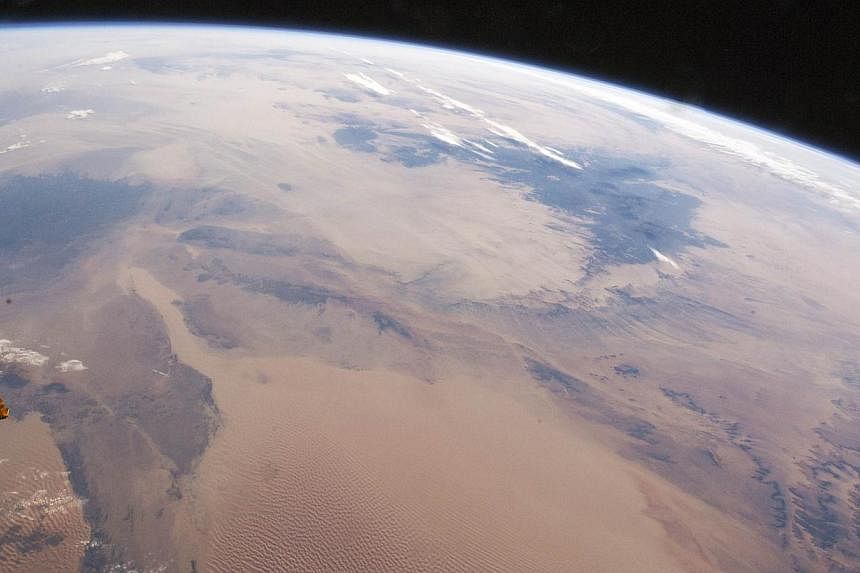CALIFORNIA - Scientists have uncovered a link between the world's largest desert, the Sahara, and its largest rainforest, the Amazon, US-based science and conservation website Mongabay.com has reported.
New research published in Geophysical Research Letters theorises that the Sahara Desert replenishes phosphorus in the Amazon rainforest via vast plumes of desert dust blowing over the Atlantic Ocean, the report said on Monday.
"This is a small world, and we're all connected together," noted lead author Hongbin Yu, with the Earth System Science Interdisciplinary Center (ESSIC), run by the University of Maryland and Nasa's Goddard Space Flight Center.
While it teems with animals and plants, the Amazon rainforest's soils are know to lack nutrients. Around 90 percent of the forest's soils are low in phosphorous, a type of macronutrient essential for plant growth, Mongabay said.
Moreover, tens of thousand of tonnes of nitrogen wash away through river systems in the Amazon every year. So, how does the rainforest replenish its lost phosphorous?
The answer: dust.
"We know that dust is very important in many ways. It is an essential component of the Earth system. Dust will affect climate and, at the same time, climate change will affect dust," said Yu according to the Mongabay report.
Using data from a Nasa satellite-the Cloud-Aerosol Lidar and Infrared Pathfinder Satellite Observation (Calipso)-from 2007 to 2013, Yu and his team estimated for the first time just how much dust reaches the Amazon from the Sahara Desert.
According to the team, 27.7 million tonnes of dust on average ends up in the Amazon from the Sahara in what is described as the world's largest transfer of dust.
A tiny percentage of that dust-0.08 percent-is phosphorous, but it is just enough to make a big difference. Overall, the scientists estimate that the amount of phosphorus reaching the Amazon annually from the Sahara-22,000 tonnes-equals about how much the rainforest loses to rivers.
"This suggests that African dust may have important implication for maintaining the health of Amazon rainforests over the long term. Without the phosphorus input from African dust, the hydrological loss would greatly deplete the soil phosphorus reservoir over a time scale of decades or centuries and affect the health and productivity of the Amazon rainforest," the researchers write in the paper, but they also caution that they still don't know "the amount of dust needed to provide adequate phosphorus for maintaining the productivity of the Amazon rainforest."
The scientists believe the most important source of phosphorous for the Amazon is dust whipped up from the Bodélé Depression in Chad, said Mongabay. The frequent dust storms from this ancient lake bed contain massive amounts of dead microorganisms and, as such, are super-rich in phosphorus.
The researchers also found that the amount of dust reaching the Amazon from the Sahara was hugely variable during the seven years of research. They theorise that rainfall in the Sahel-a vast region of drylands just south of the Sahara-may be responsible for the variation, though they note that more longterm research is needed.
SOURCE: http://news.mongabay.com/2015/0302-hance-sahara-amazon.html

